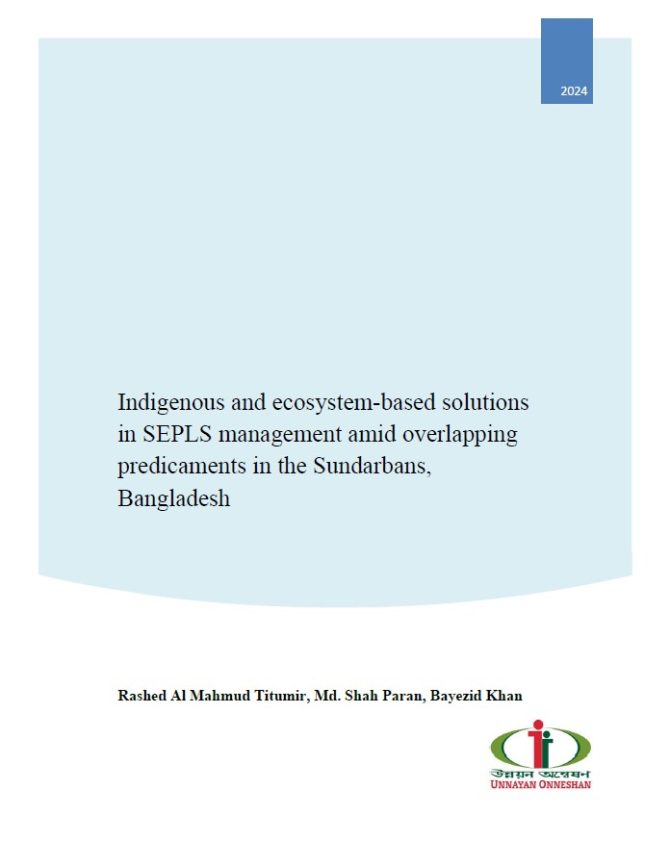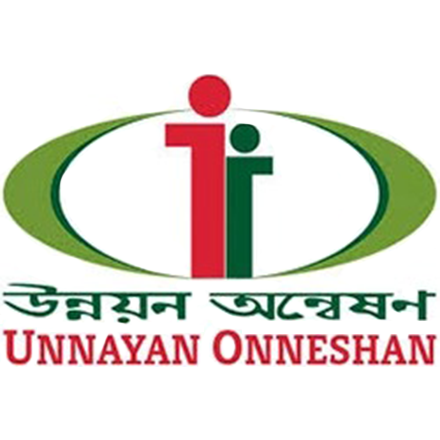Indigenous and ecosystem-based solutions in SEPLS management amid overlapping predicaments in the Sundarbans, Bangladesh
The Sundarbans mangrove forest, identified as a world heritage site by the UNESCO, is the largest single track contiguous mangrove forest in the world, totaling around 140,000 hectares. It is situated on the delta formed by the convergence of the Ganges, Brahmaputra, and Meghna rivers, which is located on the Bay of Bengal. The overall land area is an estimated 10,000 square kilometres, with approximately two-thirds of this region being within the borders of Bangladesh and the remaining one-third situated in the state of West Bengal, India. The Sundarbans, located in Bangladesh, correspond to latitude 21°38'10.18" North and 22°29'51.65" North, and longitudes 89°02'22.87" East and 89°53'13.93" East. The geographical region under consideration extends from the Harinbhanga and Raimangal Rivers in the Western boundary to the Baleswar River in the Eastern boundary (Mondal et al., 2018).
The Sundarabans is a unique Socio Ecological Production Landscapes and Seascapes (SEPLS) with a composite ecosystem combining forest, marine, coastal, and wetland environments (Titumir & Paran, 2022a). However, it is losing resources due to anthropogonic pressures and climatic changes. Multiple crises like COVID-19 pandemic, cost of living is also posing unprecedented challenges to the wellbeing of both the Sundarbans and IPLCs dependent on it (Titumir & Paran, 2022a; Titumir et al. 2019). IPLCs in the Sundarbans have adopted various innovative and participatory local approaches and actions to manage the SEPLS sustainably (Titumir et al. 2022b).
This multiple-evidence-based (MEB) participatory research aims to capture indigenous and ecosystem-based solutions in SEPLS management amid overlapping crises of COVID-19, climate change and increased cost of living. It is conducted in collaboration with Indigenous People and Local Communities (IPLCs) in the Sundarbans—drawing Indigenous and Local Knowledge (ILC) and traditional practices of two cooperatives - Koyra Bonojibi Bohumukhi Unnayan Samity and Munda Adivasi Bonojibi Bohumukhi Unnayan Samity. The two cooperatives have faced a plethora of challenges due to overlapping crises and in response, they have taken various actions to adapt to and mitigate these challenges. This study aims to explore whether indigenous and ecosystem-based solutions in SEPLS management amid multiple crises lead to increased regenerative capacity and well-being of ecosystems, increased income and standard of living, low-impact lifestyles, and sustainable production and consumption by IPLCs. Based on the findings, this study also provides an analysis presenting how indigenous and ecosystem-based solutions could contribute to Global Biodiversity Framework (GBF) and Sustainable Development Goals (SDGs).
- Country
- Bangladesh
- Organisation
- Unnayan Onneshan (UO)
- Publisher
- Unnayan Onneshan (UO)
- Publication date
- August 1970

